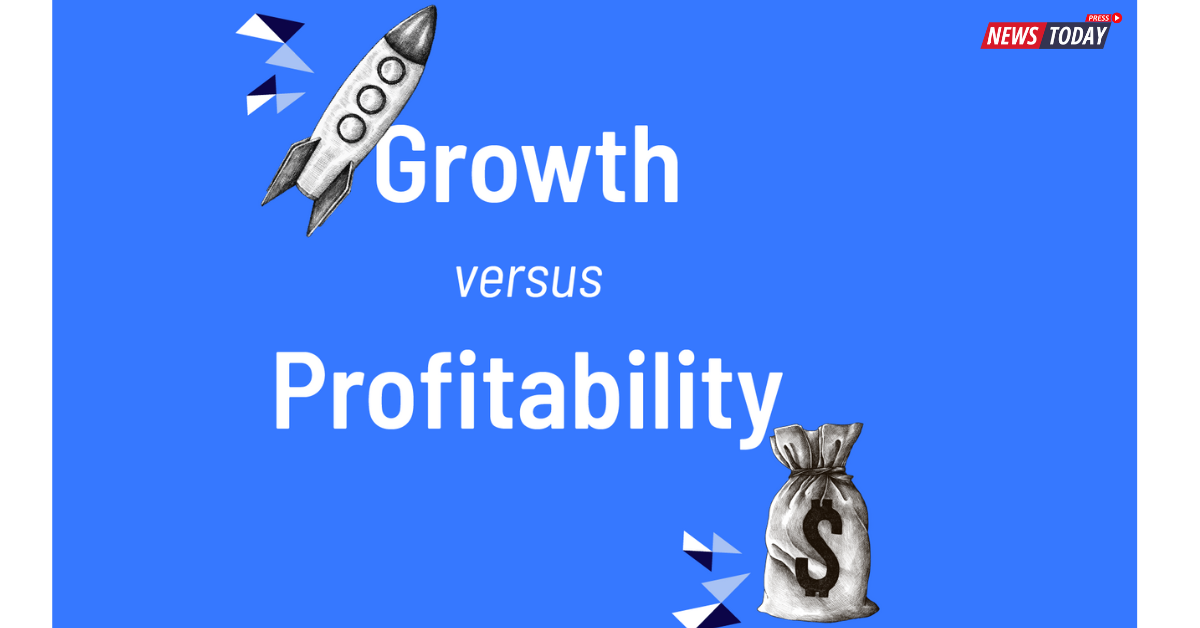The debate over whether startups should prioritize growth or profitability remains crucial. Recent trends highlight the need for a balanced approach to achieve long-term success.
In 2021, Indian startups saw a funding boom, with over $42 billion invested and 45 new unicorns emerging. This period emphasized rapid expansion over immediate profits. However, changing economic conditions, such as rising inflation and higher capital costs, have shifted investor focus back to profitability, challenging startups that previously prioritized growth.
Finding the right balance between growth and profitability is essential. Startups in emerging markets or those developing innovative products may need to endure early losses to build a market presence. For example, Zomato operated at a loss for a decade before becoming profitable. In contrast, startups in established markets or offering incremental innovations might need to achieve profitability sooner, like SaaS companies.
Successful startups must ensure their business models can scale and achieve profitability as they grow, with early losses mainly tied to marketing and brand-building. A clear roadmap to profitability is crucial, typically transitioning from heavy investment in growth to generating profits within three to four years.
Ultimately, balancing growth with a path to profitability is key. Startups that adapt their strategies to market conditions and invest in both growth and profitability are better positioned for long-term success.






